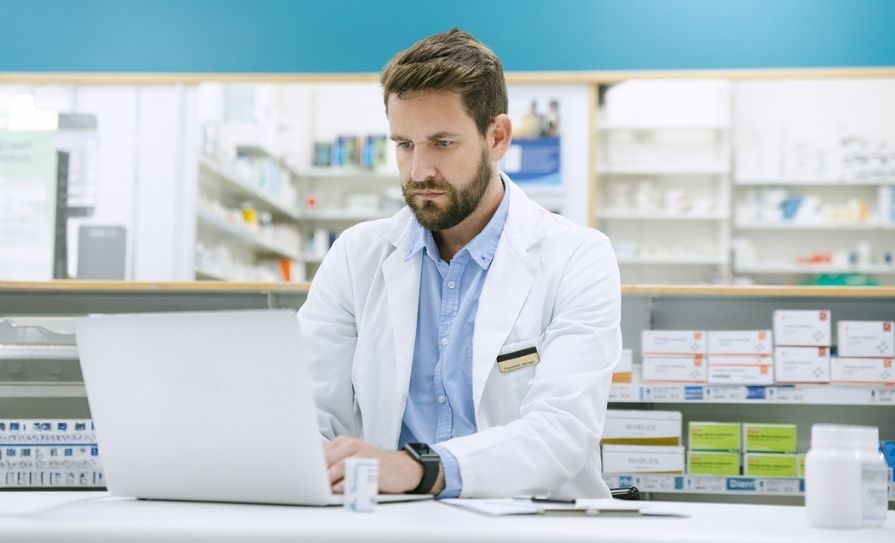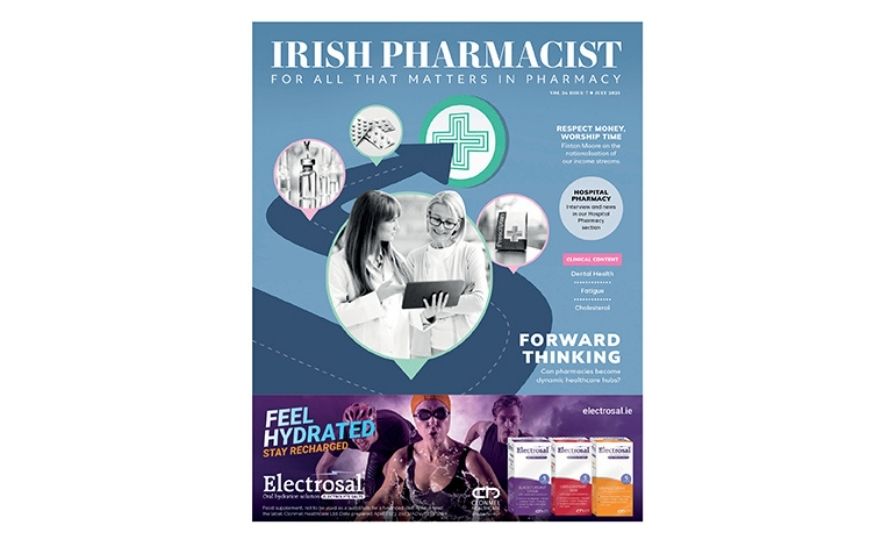Dr Des Corrigan on the increasing abuse of laughing gas
A recent RTÉ news item showed volunteers cleaning-up rivers in Dublin, including one in Tallaght, where hundreds of nitrous oxide (N2O) canisters were discovered. This report, along with information from a drug trends monitoring system developed by the Blanchardstown Drugs Task Force showing use of the gas by under-18s in that area, suggests an emerging but highly dangerous problem. Therefore, I thought an update on it might be useful background information for you, in case of queries from parents or other concerned adults, even though nitrous oxide is not an item likely to be found in pharmacies.
N2O became renowned as laughing gas not long after its discovery in the mid-1770s and was first used as a dental anaesthetic in 1844. It is still available for use in general anaesthesia and analgesia, usually in a 50/50 mixture with oxygen. The SPC for a product containing 100 per cent N2O by volume, authorised by the HPRA, notes under ‘Interactions’ that opiates have an additive influence on the analgesic and sedative effects of the gas and that benzodiazepines enhance its effects. Concerns about its safety during routine medical use first emerged in 1956, when its use was linked to bone marrow suppression. Under the heading, ‘Undesirable Effects’, the SPC sets out severe haematological disorders, psychoses, confusion and headache. Nausea and vomiting are listed as very common. Addiction may occur, but its frequency is unknown. There is also the dangers of hypoxia and cyanosis that are added risks while Covid-19 is still lurking around us.
The SPC also states that anxiolytic and euphoric effects can occur, which are the effects that abusers seek out when they inhale the gas. Abuse of N2O usually involves containers from the food industry because the gas is used as a propellant in canisters of whipped cream, hence the slang term ‘whippits’. N2O is listed as an authorised food additive with its own E number (E942). Each whippit contains 10ml of liquid gas under pressure, which is the equivalent of four litres of gas at normal atmospheric pressure. Apart from the direct toxic effects of the gas, unsafe methods of use — such as inhaling the gas directly from nozzles of whipped cream dispensers or from plastic bags or balloons, or the use of plastic film or tight-fitting masks that exclude oxygen — add to the risks of asphyxiation. When inhaled recreationally, typically at dance events, festivals and in parks, it has a rapid onset of action (10 seconds), with the effects disappearing in minutes. N2O can make users feel euphoric and relaxed, with some reporting hallucinogenic effects, hence the term ‘Hippy Crack’.
The UK pharmacists stated that disruption of illicit drug markets during the pandemic has made an increase in N2O use more likely, as the canisters are easily purchased online, given their designation for food use…
A Drug Safety Update from the MHRA in the UK in late 2014 drew attention to the fact that normal use, supervised by a healthcare professional, has a good safety profile. Prolonged use for more than 24 hours continuously or more frequently than every four days could lead to cases of megaloblastic anaemia and myelopathy linked to its damaging effect on vitamin B12 levels. In patients with underlying B12 deficiency, neurotoxic effects have occurred after just a single general anaesthetic episode with N2O. The MHRA identified the elderly, those with a history of anaemia and vegetarians as at-risk groups.
Those warnings apply to the use of the gas in controlled medical environments, so one might expect the adverse effects to be magnified with uncontrolled, prolonged recreational use involving exposure to significant quantities of gas. A Dutch review published in Regulatory Toxicology and Pharmacology in 2015 noted that users typically inhaled the contents of five whippits in any one session, but heavy use involving up to 100 bulbs of gas was not uncommon. This report described side-effects such as transient dizziness, dissociation, disorientation, loss of balance leading to accidents, impaired memory and cognition, as well as weakness in the legs. This latter was linked to vit B12 deficiency and some cases involved numbness in the fingers. A 2019 paper from Taiwan in Brain and Development described symptoms of limb numbness, weakness and unsteady gait in nine patients aged under 20 who had abused N2O. Low levels of vit B12 were detected in six, and eight had neuroimaging evidence of subacute degeneration of the spinal cord. Most case reports — and there are many — link neurological damage such as paraplegia and paraesthesia to inactivation of B12 and its deficiency. This leads eventually to demyelinisation in both central and peripheral nervous systems.
A systematic review and meta-analysis of case reports on 100 patients in the Journal of Clinical Medicine in 2019 found that 85 per cent had vit B12 deficiency. In the Taiwanese study, all patients received B12 supplementation, leading to recovery of muscle power after two months.
Other complications linked to recreational use include deep-vein thrombosis and psychiatric effects. The Journal of Thrombosis and Thrombolysis earlier this year reported on the case of a 21-year-old female who had used 600 N2O vials a day for several weeks. She presented at A&E with confusion, hallucinations, weakness and falls. Imaging revealed a large venous clot. Treatment with enoxaparin, vit B12 and folate, along with abstinence from the gas, led to significant improvement in gait and weakness. A number of other cases of clotting linked to N2O abuse were reported in 2018 and 2019.
The American Journal of Addiction published a systematic review of 91 cases of N2O abuse in 2016. The vast majority (72) involved myeloneuropathy and degeneration linked to low cyanocobalamin levels, but 11 cases of psychoses were reported. This ties-in with another paper from Taiwan in this year’s Journal of Clinical Psychopharmacology that described six out of seven patients as suffering from mood disorders such as irritability, psychotic symptoms, self-harm and violent behaviour. Three patients were hospitalised because they were deemed suicide risks.
The Dutch review mentioned fatal accidents due to hypoxia and the American paper noted 29 deaths due to N2O abuse. According to a blog from three pharmacists linked to the Royal Pharmaceutical Society in the UK that appeared in a recent issue of BMJ Online, deaths involving N2O can be due to cardiac arrhythmias and/or asphyxiation. They commented on an average of five nitrous oxide-related deaths per year. The number of such deaths, if any, in Ireland is unknown.
The UK pharmacists stated that disruption of illicit drug markets during the pandemic has made an increase in N2O use more likely, as the canisters are easily purchased online, given their designation for food use, even though they are theoretically controlled under the UK’s Psychoactive Substances Act. In this jurisdiction, the comparable legislation would be the Criminal Justice (Psychoactive Substances) Act 2010 introduced to deal with ‘head-shop’ drugs, but any psychopharmacologist worth his or her salt should have no difficulty in designating a medically-proven anaesthetic as a psychoactive substance, thus allowing some control over the supply of whippits for recreational use. If, as it appears, the abuse of laughing gas is on the increase, then supply reduction, along with demand reduction properly prepared and targeted at key age groups, will be vital in preventing tragedies and harm.








